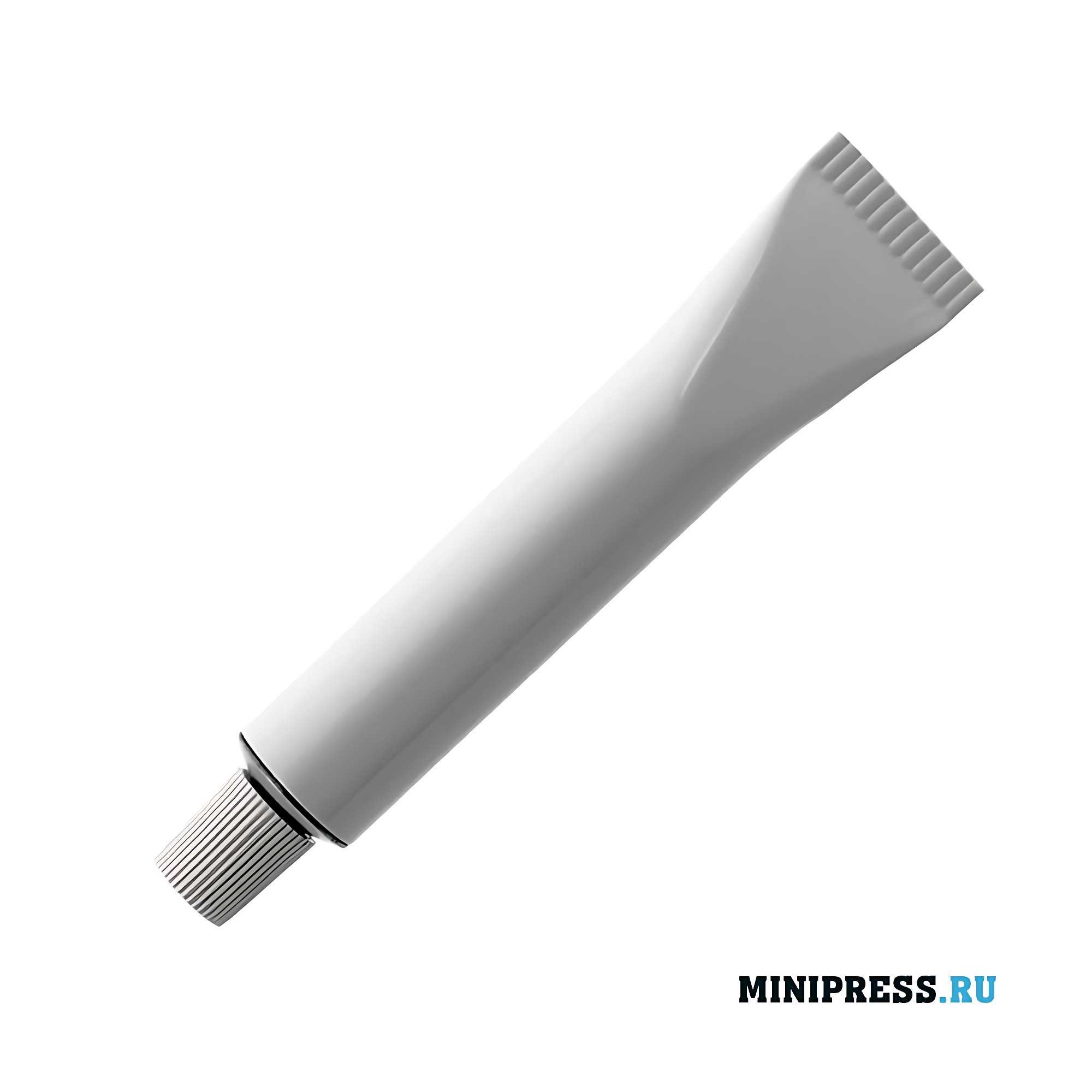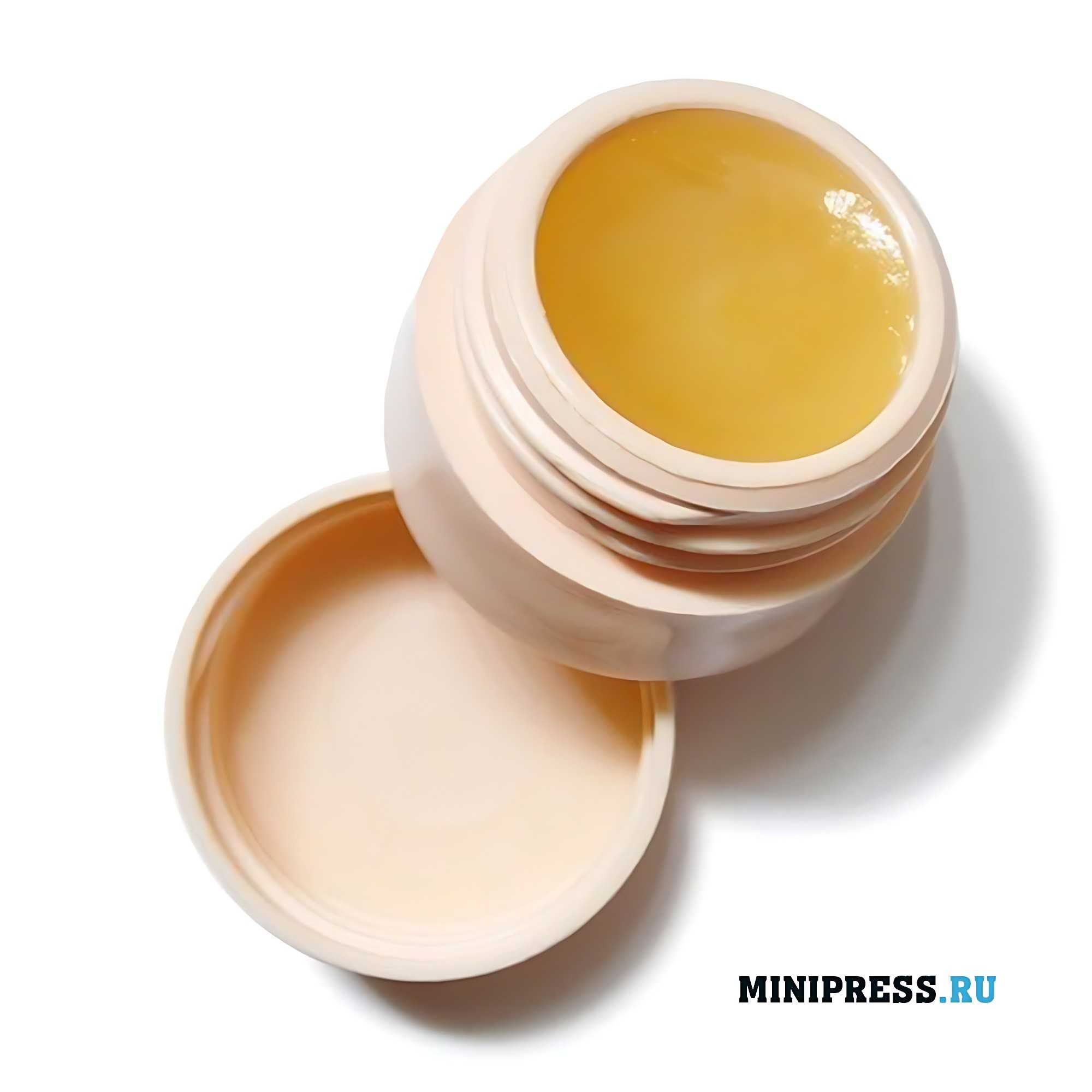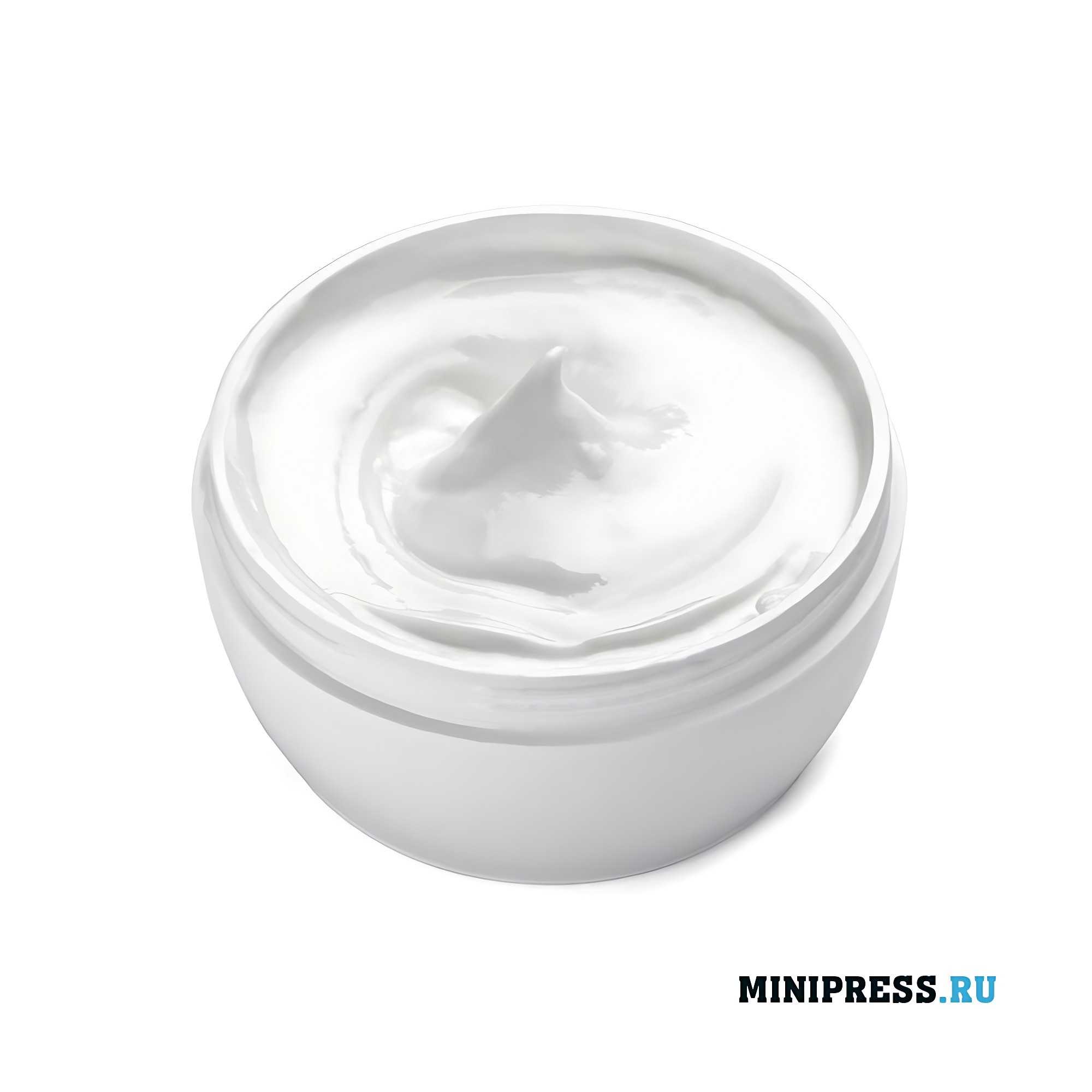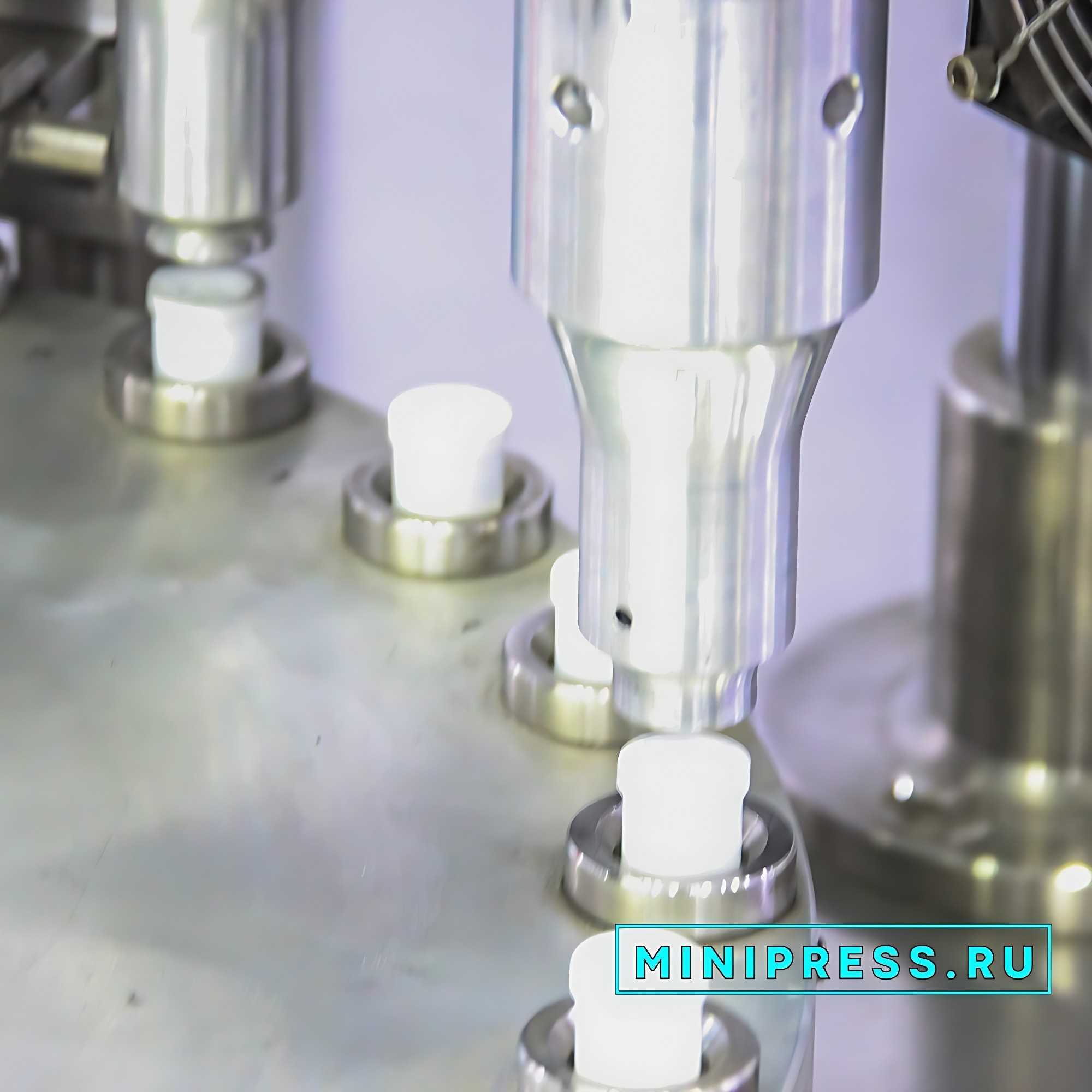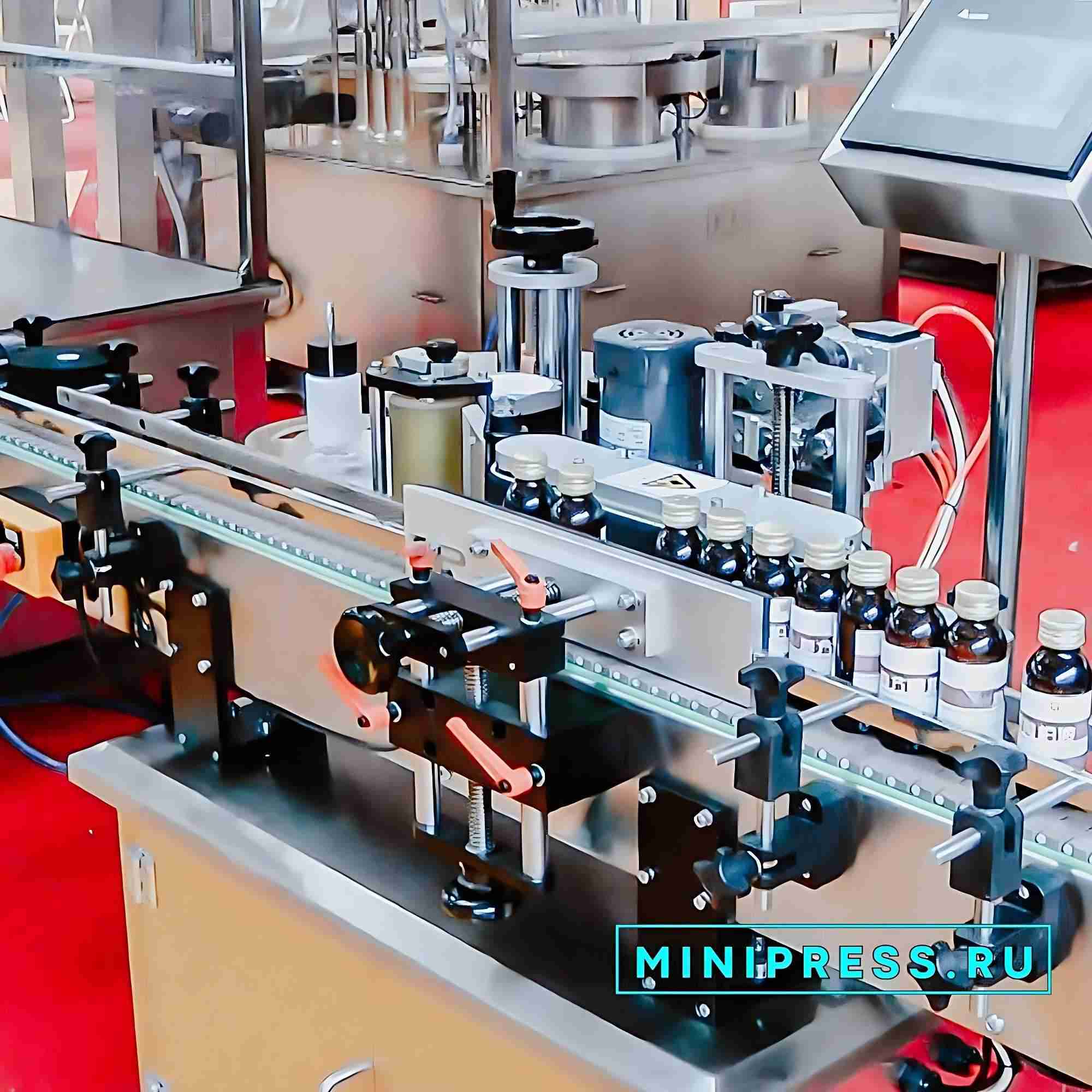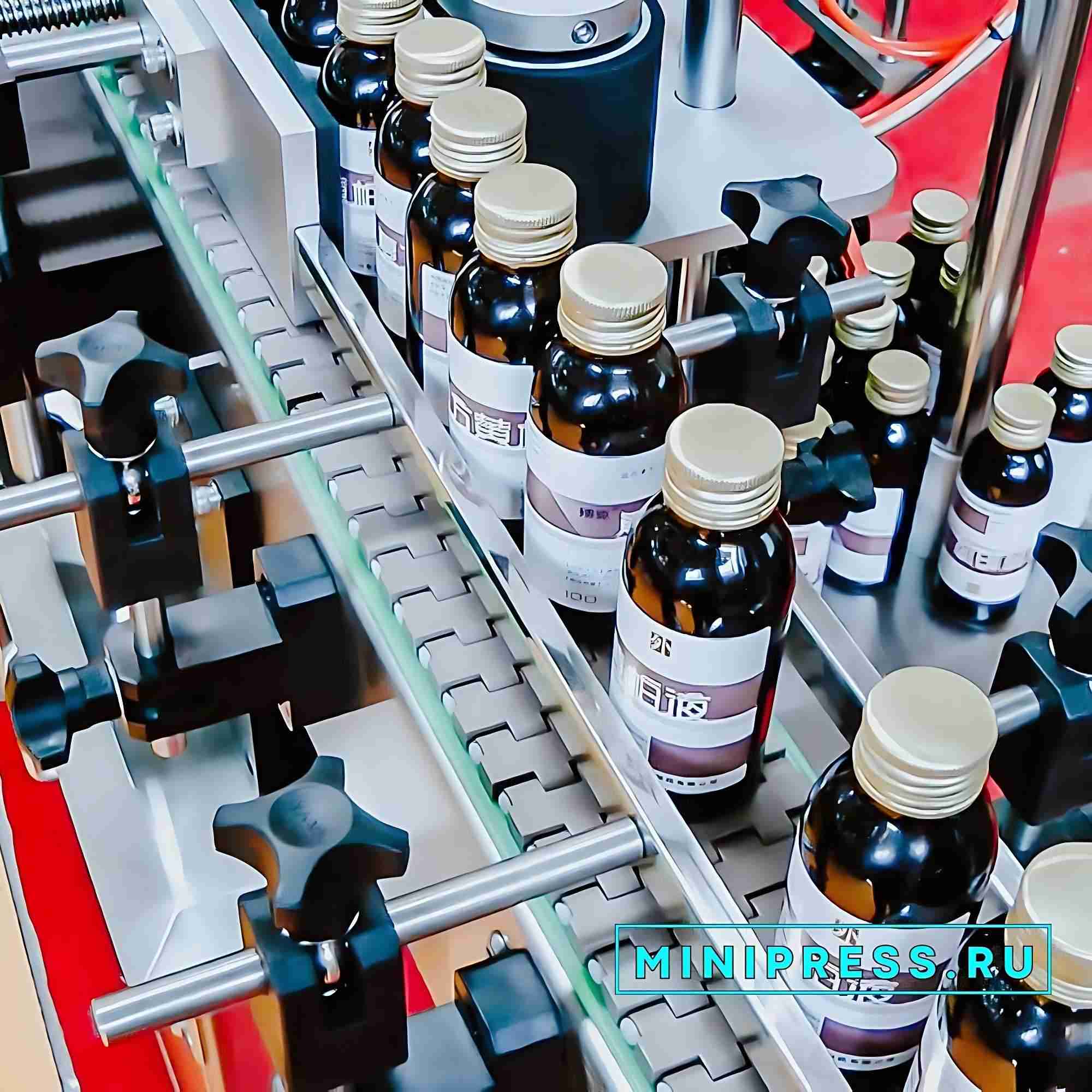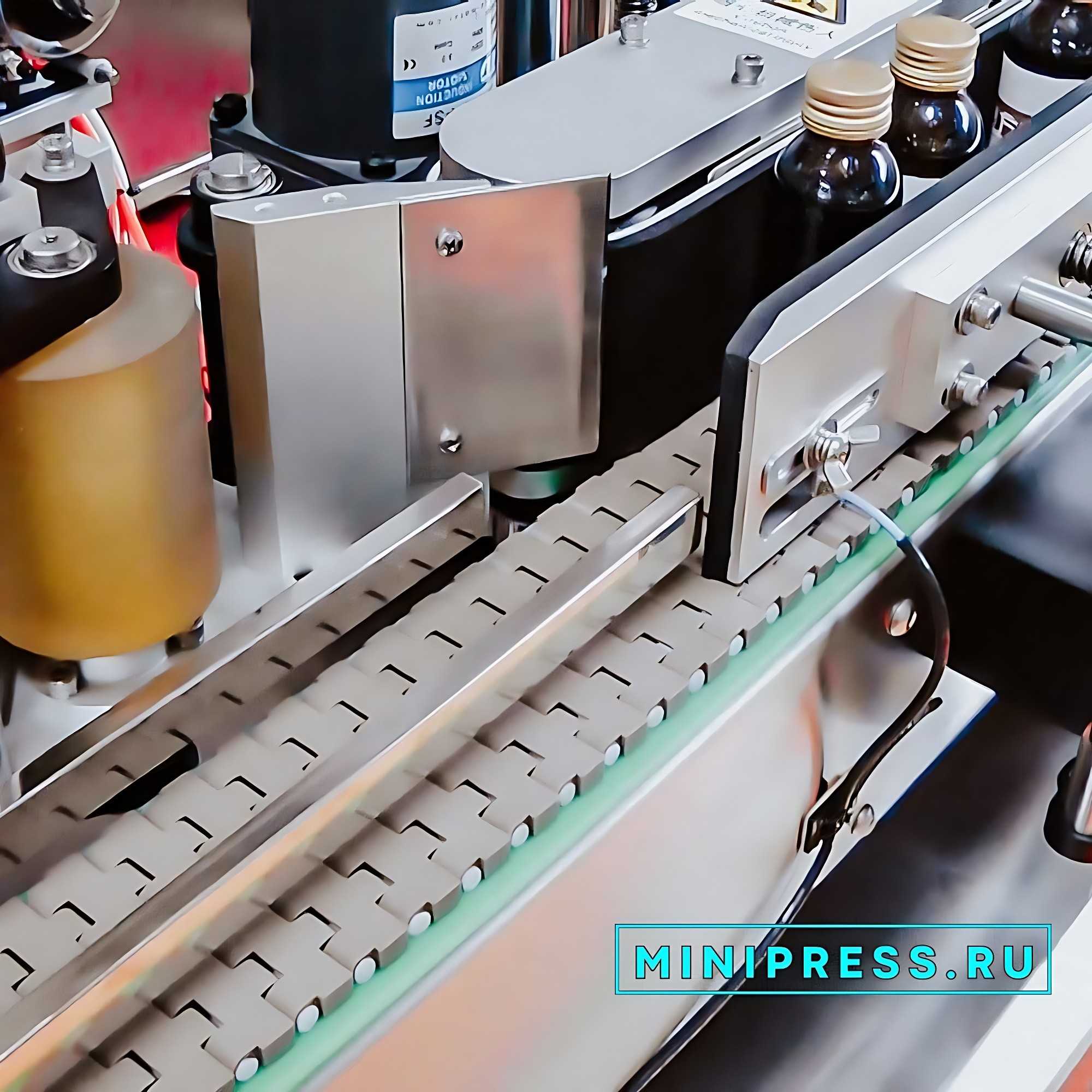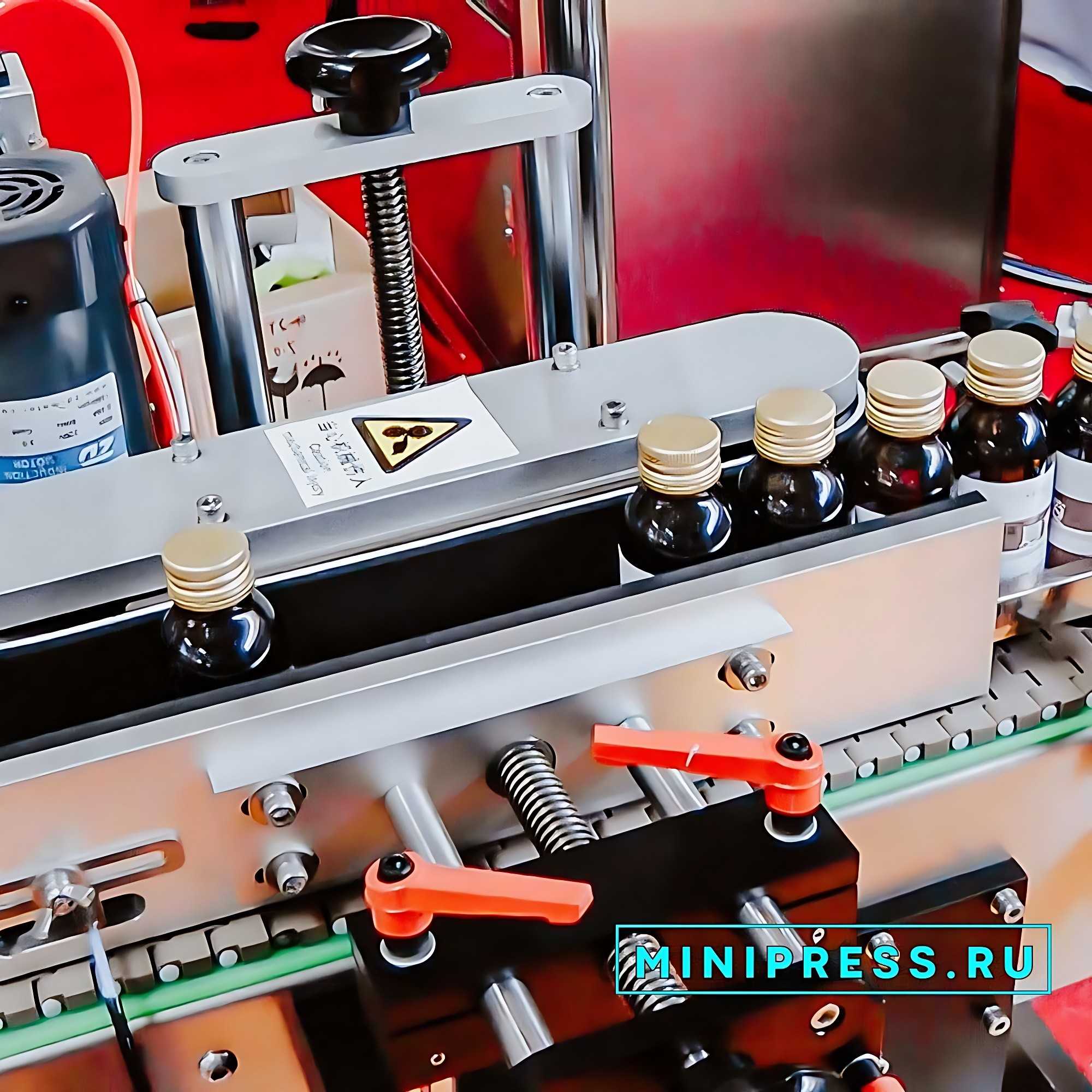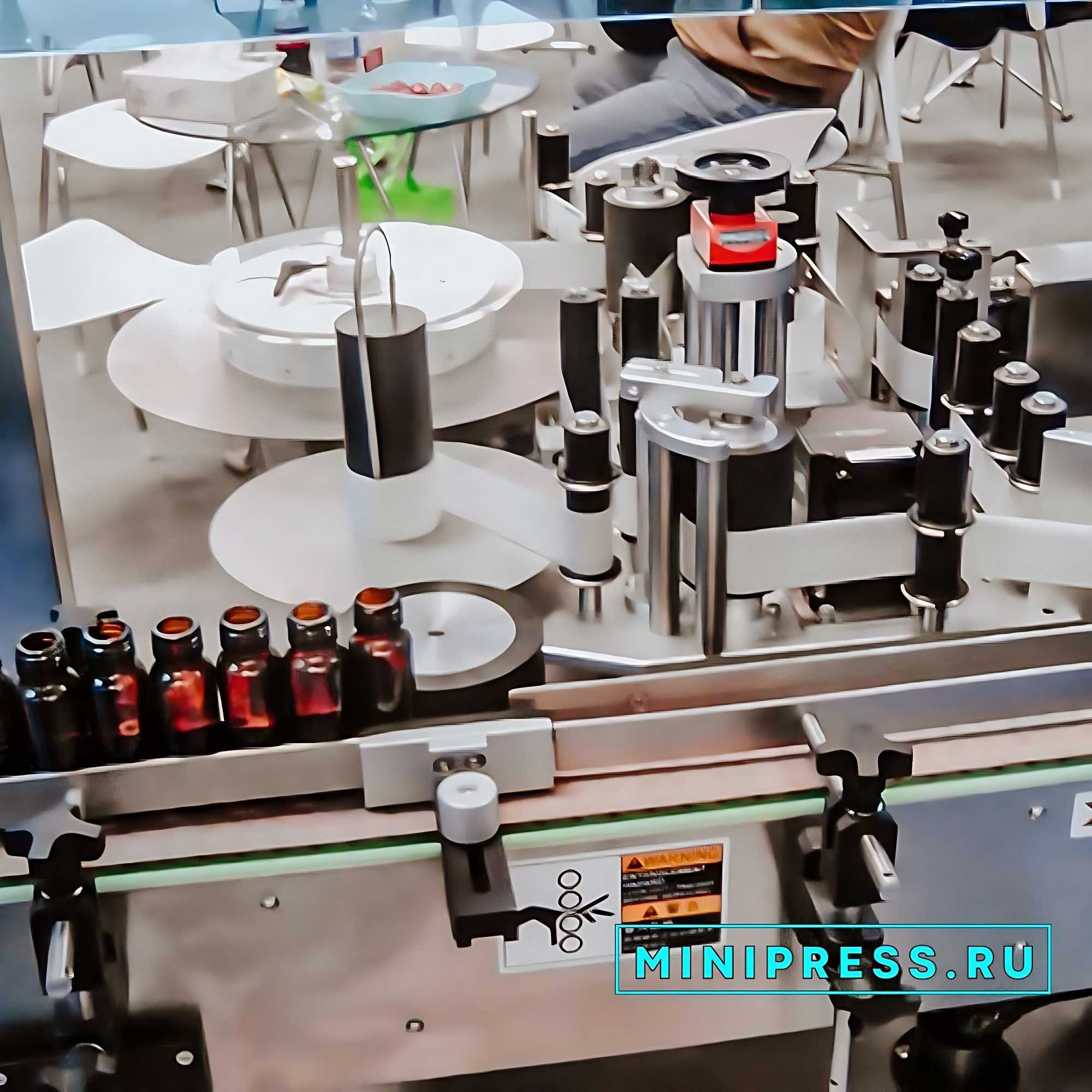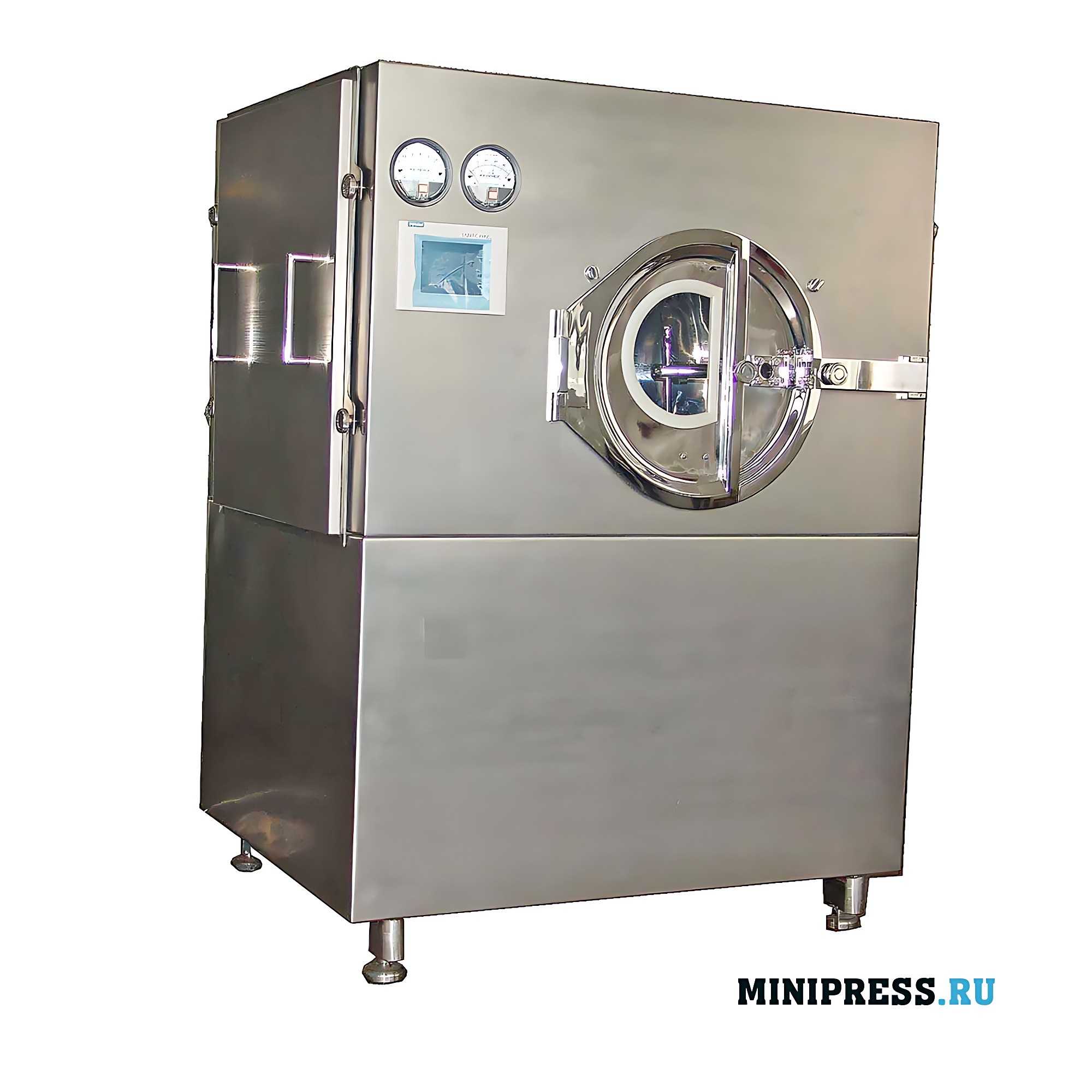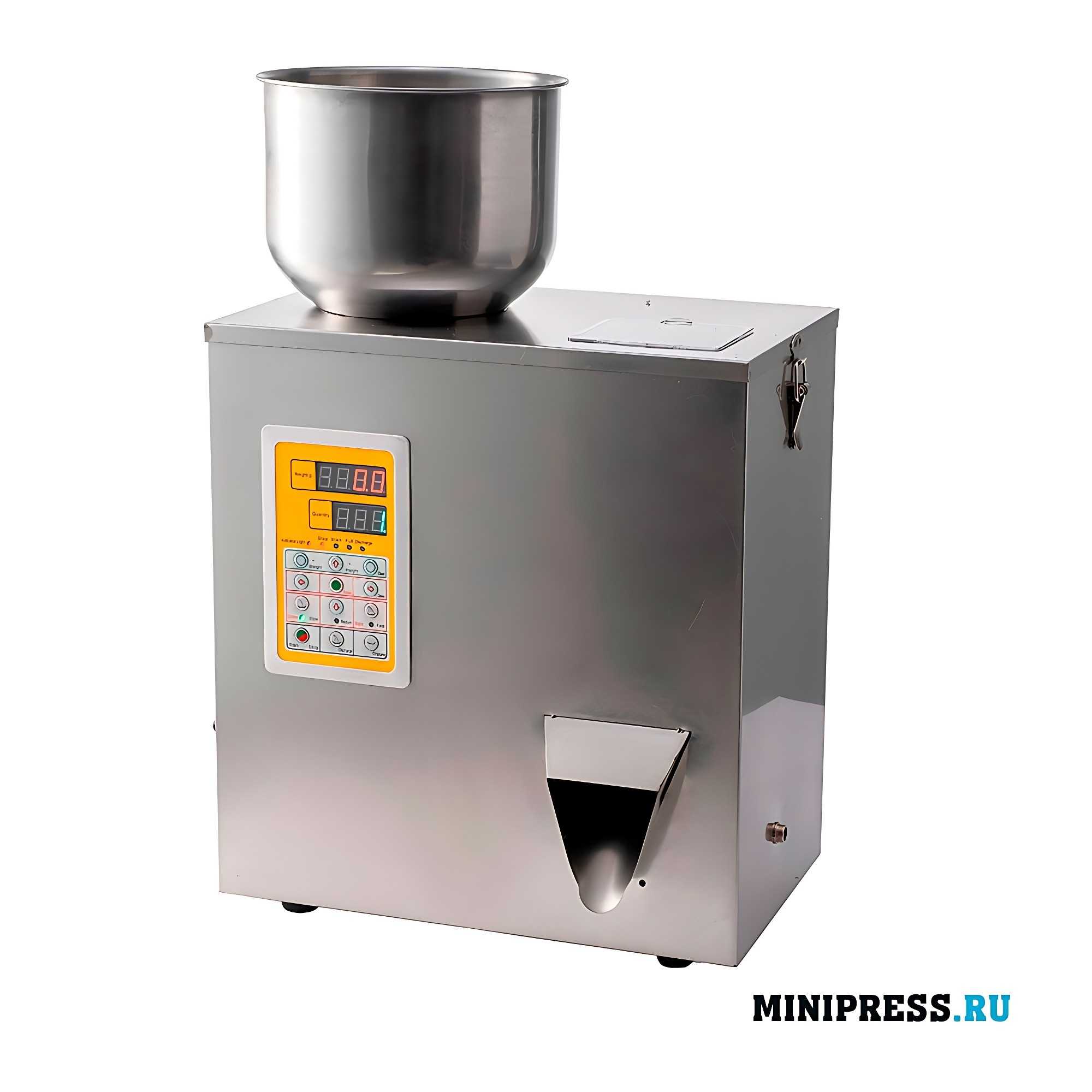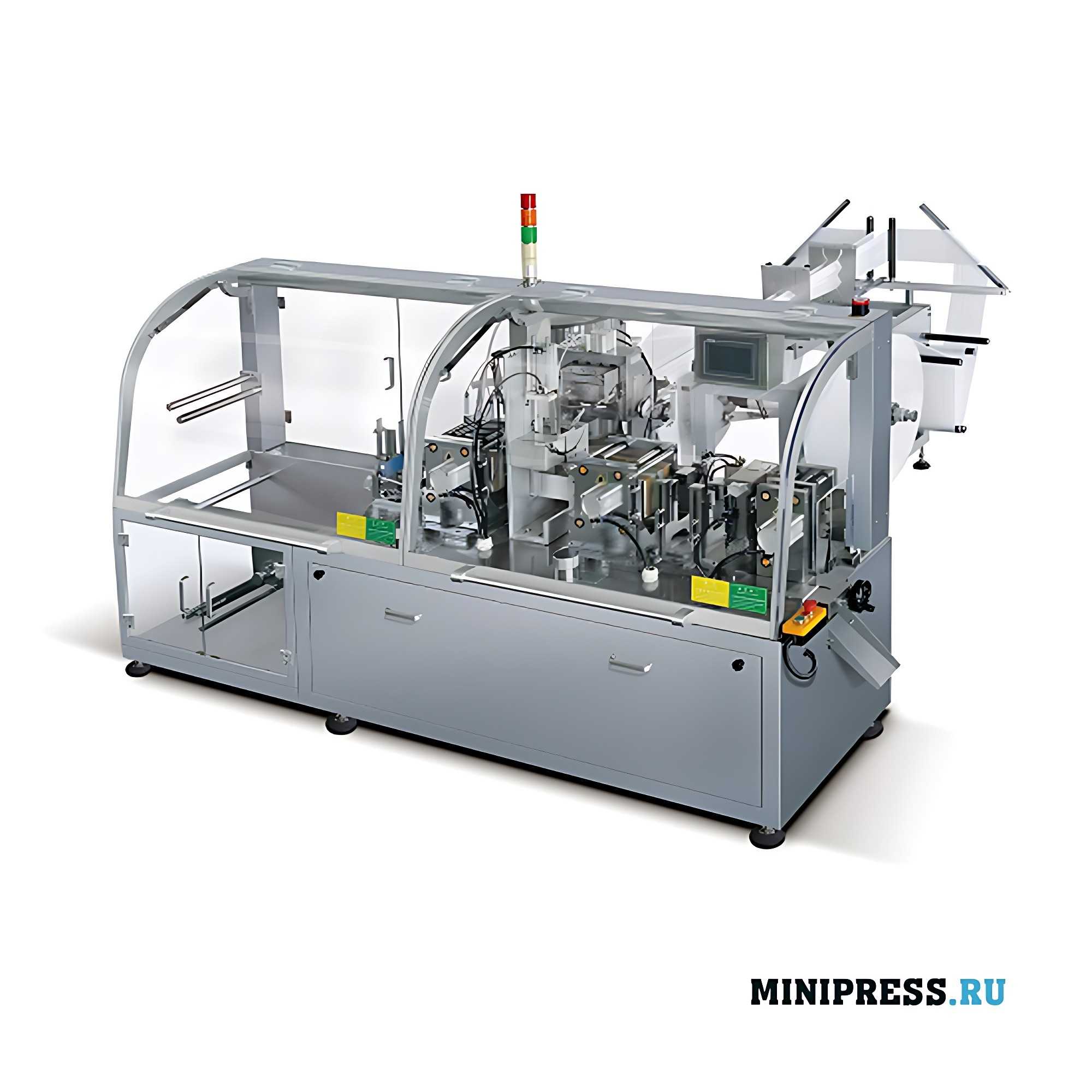 Video review of the model
Video review of the model
 Our service and customer service
Our service and customer service
Blades on the rotor make it possible to significantly improve the pressure and flow characteristics of the RPA, increase the efficiency of flow treatment in the inner zone and create additional treatment stages. Increasing the efficiency of the RPA can also be achieved by installing additional working bodies in the working space, which are not rigidly connected with the main bodies. In this case, dispersing and other additional bodies are used, providing an increase in dispersing efficiency and the degree of flow turbulization. The presence of inert bodies – balls, beads, rings, etc., leads to additional intensification of pulverization processes. – leads to additional intensification of grinding processes. Dispersing efficiency in PPAs significantly increases with increasing concentration of suspension, as at that grinding occurs not only due to PPAs, but also due to intensive mechanical friction of dispersed phase particles with each other. The main elements of the RPA design are: housing, shaft, screw, impeller, small stator cylinder, large stator cylinder, small rotor cylinder, large rotor cylinder, outlet pipe, drive cup, loading cup, receiving pipe, electric motor, coupling and frame. The principle of operation of the RPA is as follows: after preparation of the components of the mixture, they are fed into the receiving spigot of the loading cup. Then the components are mixed and injected by means of a screw to the impeller, from which the mixture is thrown to the rotor and stator segments. When passing through the gaps between the rotor and stator segments, active homogenization of the ointment takes place due to the breaking of the continuity of the medium and the resulting pulsations in their grooves. Having passed through the grooves, the ready mixture is ejected into the outlet pipe and further on through the pipeline is fed to the packing. It is possible to regulate the rotor speed, which is provided by an electric drive consisting of an electric motor and a frequency-pulse converter. The use of RPA allows to exclude both preliminary grinding of powdery components and subsequent homogenization of ointment on masers, while providing a higher degree of dispersibility of suspension ointments.
However, it should be noted that in the preparation of ointments using drugs that are crystalline substances with a very strong crystal lattice (boric acid, streptocide, some antibiotics, etc.), the use of RPA does not exclude the preliminary fine grinding of drugs. But in all cases preparation of ointments with the help of RPA leads to significant savings in time and energy, as well as to reduced losses of components compared to traditional methods of ointment preparation.
 Pharmaceutical Glossary
Pharmaceutical Glossary
 Technical specifications
Technical specifications
Rotor-beater colloid mill. The slurry to be ground is fed through a connection into the housing, where it passes between the beaters, which are mounted on the rotor rotating on the shaft, and counterpunches fixed stationary in the housing. Rows of rotor beats are located between the rows of counterpunches of the housing. The shredded material exits the nozzle. If the degree of comminution is insufficient, the slurry is passed through the mill a second time. The grinding housing can be cooled. The liquid intended for this purpose enters through the connection and exits through the connection.
Due to the high velocity of beads and particles of the mixture and their collision with counterparts, a significant cavitation effect develops in the mill (when bubbles formed in the liquid burst, emitting a shock wave and causing intense micro-flows of liquid).
For this reason, these mills are sometimes called cavitation pulverizers. They can also be used to produce and homogenize emulsions. The capacity of such a mill with a rotor diameter of 200 or 800 mm and a rotational speed of 3000 to 12,000 rpm is up to 100 kg of slurry per hour. Vibrocavitation colloid mill. The mill consists of a stator and rotor which are housed in a casing. There are longitudinal grooves on the surface of the stator and rotor. The slurry enters the annular gap between the stator and the rotor through a connector and exits through the connector.
When the rotor rotates on the shaft at a speed of 18,000 rpm, the slurry particles moving from the rotor grooves to the stator grooves make vibrations of high frequency, close to ultrasonic, and are crushed to a size of 1 micron. The mill can be cooled, for this purpose the cooling liquid is passed through the connections. The capacity of a vibrocavitation colloid mill with a rotor diameter of 500 mm is 500 to 700 kg of suspension per hour. For homogenization of ointments are also used special apparatuses – homogenizers, which have different devices. In homogenizers of one type of homogenizer coarse disperse emulsion under high pressure is forced through narrow channels and slits. In homogenizers of another type, the emulsion under the influence of centrifugal force arising from the rotation of the disk is forced through the slits in the disk, atomizing into a mist. The emulsion is fed through a hollow axis.
The principle of operation of homogenizer-dispersersers is to squeeze the product through narrow slits. The essence of homogenization is the use of pressure on liquids to divide the inclusions they contain into very small particles and create a constant dispersion for further processing of the product. There are many different types of homogenizers.
Rotary pulsation apparatuses (RPA) allow to significantly intensify the processes occurring in the preparation of such dispersed systems as emulsion, suspension and combined ointments.
 Additional information
Additional information
RPAs are designed for preparation of highly dispersed, homogenized liquid emulsions and suspensions, as well as multicomponent compositions from hard-to-mix liquids with the temperature of the processed medium up to 95 °С. They combine the principles of centrifugal pump, disembrator, disintegrator and colloid mill. By means of pulsation, shock and other hydrodynamic effects occurring in RPAs, physical and mechanical properties of the produced products are changed and energy consumption of production is reduced due to intensification of technological processes. There are many foreign and domestic designs of various types of RPAs. The most widely used are submersible and flow-through (flow-through) type PPAs. Submersible type RPAs are usually made in the form of stirrers placed in a container with the processed medium. They are sometimes used to increase mixing efficiency by installing them in addition to existing agitators of other types (e.g., anchor agitators). Submersible RPAs are serially produced by the domestic industry under the name of hydrodynamic apparatuses of rotor type, as well as a number of foreign firms. Despite the constructive simplicity, submersible RPAs do not provide sufficiently homogeneous processing of the entire mass of the product. Flow-type RPAs are the most widespread. Their working bodies are mounted in a small body having branches for inlet and outlet of the processed medium. In the majority of designs the processed medium enters the inner zone of the device through the axial branch pipe and moves in it from the center to the periphery. There are known designs of PPAs, in which the processed medium moves in the opposite direction, moving from the periphery to the center. At such movement the degree of flow turbulization increases, at the same time hydraulic resistance of the device, power consumption” and heating of the treated medium increase. Separate modifications of PPAs can have working chambers with different flow direction.
According to the number of working chambers PPAs can be single-chamber and multi-chamber. Single-chamber units have two disks with concentric rows of teeth or cylinders with slots. One or both disks rotate. Multi-chamber apparatuses have more than two disks with teeth or slotted cylinders, resulting in two or more zones of active media treatment. In addition to the main working bodies (slotted cylinders, disks), RPAs can have additional working bodies designed to increase the efficiency of their work. Often as additional elements, knife blades installed on the rotor, stator or housing are used.
Order status tracking
When is the SL-20 soft strip tablet packaging machine scheduled to be delivered to Lisbon ? 03/01/2026 06:41
Hello Lucas, Expect the day after tomorrow. Once received, please let us know. 03/01/2026 06:44
When is the SL-20 soft strip tablet packaging machine scheduled to be delivered to Monte Carlo ? 03/01/2026 06:51
Hello Nora, Expect tomorrow until 12:30. Once received, please let us know. 03/01/2026 06:54
The BB-152 liquid filling machine arrived from you today, remember us ? Where's the paperwork? 03/01/2026 07:01
{The original shipping documents will be delivered to Granada In the afternoon. Please send the signed copies to us. 03/01/2026 07:03
Good afternoon, we received the PR-15 powder dispenser in plastic vials, scheduled tomorrow until 18: 30 to open the box and test. 03/01/2026 07:11
Abigail, good afternoon. Great news, please send a photo and video report to WhatsApp +79853643808. 03/01/2026 07:11
Vacuum powder conveyor QV-01 quantity of 3 pieces, need discount and delivery to Mesa. 03/01/2026 07:21
Good day Camila, in our catalog all prices are given including delivery to the door of the customer. If you buy 3 pieces we will make a discount of 7%. Delivery to Mesa is included in the price. 03/01/2026 07:23
Good afternoon, we have contracted you to deliver a GK-40 dry powder granulator to Ljubljana, do you deliver to the terminal or to the actual address? 03/01/2026 07:31
Hello Joseph, we deliver all over USA including to Ljubljana . The price in the catalog includes any delivery our customer asks for. 03/01/2026 07:34
Automatic blister packaging machine for PVC+cardboard LW-35 with delivery to San Jose. We want to track the delivery status. 03/01/2026 07:41
Gabriel, hello. The shipment has already arrived. Now it is in the warehouse of the transportation company. Your manager will contact you to clarify the time of delivery to your city. 03/01/2026 07:44
Good afternoon! semi-automatic liquid filling machine in barrels DF-13 , a copy of the payment is sent to the post. Start the order to work. 03/01/2026 07:51
Savannah, good afternoon! We have seen your payment, we receive SMS from the bank. Please send drawings of barrels and answers to our questions in correspondence. 03/01/2026 07:51
Good afternoon! semi-automatic liquid filling machine in barrels DF-13 , a copy of the payment is sent to the post. Start the order to work. 03/01/2026 08:01
Luna, good afternoon! We have seen your payment, we receive SMS from the bank. Please send drawings of barrels and answers to our questions in correspondence. 03/01/2026 08:03
Hello, I will quickly ask, what about BG-80 film coating boiler and HX-7 ultrasonic machine for sealing plastic tubes, contract No. 11 ???? 03/01/2026 08:11
Amelia, good afternoon! Your positions are produced by different factories, for HX-7 the factory reported that it is 90% ready, for BG-80 we are waiting for an answer tomorrow until 17:30. We will report back immediately. 03/01/2026 08:15
- EQUIPMENT FOR COUNTING AND PACKAGING TABLETS AND CAPSULES IN BOTTLES
- HIGH-PRECISION DOSING MACHINES POWDER FILLING MACHINES
- EQUIPMENT FOR FILLING AND SEALING GLASS AMPOULES
- MACHINES FOR FORMING AND FILLING PLASTIC AMPOULES
- EQUIPMENT FOR FILLING CREAMS AND SEALING PLASTIC TUBES
- EQUIPMENT FOR PRINTING LOGO ON TABLETS AND CAPSULES
- EQUIPMENT FOR THE PRODUCTION OF TABLETS
- EQUIPMENT FOR POLISHING AND DEDUSTING TABLETS AND CAPSULES
- EQUIPMENT FOR PACKING POWDERS INTO VIALS
- EQUIPMENT FOR FILLING HARD GELATIN CAPSULES WITH POWDER
- BOTTLE FILLING AND CAPPING EQUIPMENT
- EQUIPMENT FOR WASHING AND STERILIZING BOTTLES
- MACHINES FOR THE PRODUCTION OF SUPPOSITORIES
- SPRAY DRYING EQUIPMENT FOR SUSPENSIONS
- EQUIPMENT FOR PACKAGING TABLETS AND CAPSULES IN PLASTIC BOTTLES
- EQUIPMENT FOR COATING TABLETS
- AUTOMATIC EQUIPMENT FOR REMOVING TABLETS AND CAPSULES FROM BLISTERS
- EQUIPMENT FOR VACUUM TRANSPORTATION OF POWDERS
- EQUIPMENT FOR EFFICIENT MIXING OF POWDERS
- EQUIPMENT FOR HOMOGENIZING CREAMS AND OINTMENTS
- EQUIPMENT FOR AUTOMATIC BOTTLE FEEDING FOR FILLING LINES
- EQUIPMENT FOR SCREW FEEDING OF POWDERS
- POWDER GRANULATION EQUIPMENT
- AUTOMATIC PHARMACEUTICAL CENTRIFUGES
- EQUIPMENT FOR PACKAGING TABLETS IN STRIPS AND TUBES
- EQUIPMENT FOR PACKAGING PRODUCTS IN A FLOW PACK
- AUTOMATIC EQUIPMENT FOR SELF-ADHESIVE LABELS ON PACKAGING
- EQUIPMENT FOR PACKAGING FOOD PRODUCTS IN DOY-PACK PACKAGES
- EQUIPMENT FOR METAL DETECTOR IN GELATIN CAPSULES AND TABLETS
- FLOW-PACK PACKAGING MACHINES
- AUTOMATIC EQUIPMENT FOR BLISTER PACKAGING
- EQUIPMENT FOR THE MANUFACTURE AND PACKAGING OF WET ALCOHOL WIPES
- EQUIPMENT FOR INDUCTION SEALING OF ALU FOIL BOTTLES
- EQUIPMENT FOR PACKING TEA INTO TEA BAGS WITH THREAD AND LABEL
- EQUIPMENT FOR APPLYING THE EXPIRATION DATE AND BATCH NUMBER TO PRODUCTS
- EQUIPMENT FOR WRAPPING CARDBOARD BOXES WITH CELLOPHANE
- EQUIPMENT FOR FILLING AND PACKAGING HERBAL TINCTURES
- EQUIPMENT FOR WEIGHT CONTROL AND SORTING OF CARDBOARD BOXES WITH MEDICINE
- EQUIPMENT FOR VACUUM PACKAGING IN PLASTIC BAGS
- EQUIPMENT FOR FILLING LIQUIDS IN PLASTIC AND METAL BARRELS
- EQUIPMENT FOR PACKAGING BULK MATERIALS IN PLASTIC BAGS
- EQUIPMENT FOR THE PRODUCTION OF FISHING BOILIES
- DESKTOP EQUIPMENT FOR MIXING POWDERS
- PERISTALTIC PUMPS DISPENSERS
- EQUIPMENT FOR AUTOMATIC DOSING OF CREAMS AND OINTMENTS
- MACHINES PRINTING EXPIRATION DATE AND LOT NUMBER
- MANUAL EQUIPMENT FOR FILLING GELATIN CAPSULES WITH POWDER
- SEMI-AUTOMATIC EQUIPMENT FOR BLISTER PACKAGING
- DESKTOP EQUIPMENT FOR LIQUID DOSING
- DESKTOP EQUIPMENT FOR HIGH-SPEED EMULSION PRODUCTION
- EQUIPMENT FOR LABORATORY TESTING OF MEDICINES
- EQUIPMENT FOR MIXING LIQUIDS WITH MICROWAVE HEATING
- EQUIPMENT FOR POWDERING PHARMA RAW MATERIALS
- SEMI-AUTOMATIC EQUIPMENT FOR FILLING GELATIN CAPSULES
- EQUIPMENT FOR VIBRATING SIEVING OF POWDERS
- EQUIPMENT FOR WASHING AND STERILIZING BOTTLES
- EQUIPMENT FOR PACKAGING TABLETS AND CAPSULES IN PLASTIC BOTTLES
- SPRAY DRYING EQUIPMENT FOR SUSPENSIONS
- HIGH-PRECISION DOSING MACHINES POWDER FILLING MACHINES
- MACHINES FOR FORMING AND FILLING PLASTIC AMPOULES
- MACHINES FOR THE PRODUCTION OF SUPPOSITORIES
- EQUIPMENT FOR FILLING CREAMS AND SEALING PLASTIC TUBES
- EQUIPMENT FOR PACKING POWDERS INTO VIALS
- EQUIPMENT FOR COATING TABLETS
- AUTOMATIC EQUIPMENT FOR REMOVING TABLETS AND CAPSULES FROM BLISTERS
- EQUIPMENT FOR POLISHING AND DEDUSTING TABLETS AND CAPSULES
- EQUIPMENT FOR THE PRODUCTION OF TABLETS
- BOTTLE FILLING AND CAPPING EQUIPMENT
- EQUIPMENT FOR COUNTING AND PACKAGING TABLETS AND CAPSULES IN BOTTLES
- EQUIPMENT FOR FILLING HARD GELATIN CAPSULES WITH POWDER
- EQUIPMENT FOR FILLING AND SEALING GLASS AMPOULES
- EQUIPMENT FOR PRINTING LOGO ON TABLETS AND CAPSULES
- EQUIPMENT FOR AUTOMATIC BOTTLE FEEDING FOR FILLING LINES
- EQUIPMENT FOR EFFICIENT MIXING OF POWDERS
- EQUIPMENT FOR SCREW FEEDING OF POWDERS
- POWDER GRANULATION EQUIPMENT
- EQUIPMENT FOR HOMOGENIZING CREAMS AND OINTMENTS
- EQUIPMENT FOR VACUUM TRANSPORTATION OF POWDERS
- AUTOMATIC PHARMACEUTICAL CENTRIFUGES
- EQUIPMENT FOR PACKAGING PRODUCTS IN A FLOW PACK
- AUTOMATIC EQUIPMENT FOR SELF-ADHESIVE LABELS ON PACKAGING
- EQUIPMENT FOR INDUCTION SEALING OF ALU FOIL BOTTLES
- EQUIPMENT FOR METAL DETECTOR IN GELATIN CAPSULES AND TABLETS
- EQUIPMENT FOR WRAPPING CARDBOARD BOXES WITH CELLOPHANE
- EQUIPMENT FOR APPLYING THE EXPIRATION DATE AND BATCH NUMBER TO PRODUCTS
- EQUIPMENT FOR FILLING AND PACKAGING HERBAL TINCTURES
- EQUIPMENT FOR PACKAGING BULK MATERIALS IN PLASTIC BAGS
- FLOW-PACK PACKAGING MACHINES
- EQUIPMENT FOR PACKING TEA INTO TEA BAGS WITH THREAD AND LABEL
- EQUIPMENT FOR VACUUM PACKAGING IN PLASTIC BAGS
- EQUIPMENT FOR PACKAGING FOOD PRODUCTS IN DOY-PACK PACKAGES
- AUTOMATIC EQUIPMENT FOR BLISTER PACKAGING
- EQUIPMENT FOR PACKAGING TABLETS IN STRIPS AND TUBES
- EQUIPMENT FOR FILLING LIQUIDS IN PLASTIC AND METAL BARRELS
- EQUIPMENT FOR THE MANUFACTURE AND PACKAGING OF WET ALCOHOL WIPES
- EQUIPMENT FOR WEIGHT CONTROL AND SORTING OF CARDBOARD BOXES WITH MEDICINE
- PERISTALTIC PUMPS DISPENSERS
- EQUIPMENT FOR VIBRATING SIEVING OF POWDERS
- EQUIPMENT FOR THE PRODUCTION OF FISHING BOILIES
- EQUIPMENT FOR MIXING LIQUIDS WITH MICROWAVE HEATING
- DESKTOP EQUIPMENT FOR MIXING POWDERS
- SEMI-AUTOMATIC EQUIPMENT FOR FILLING GELATIN CAPSULES
- EQUIPMENT FOR POWDERING PHARMA RAW MATERIALS
- MACHINES PRINTING EXPIRATION DATE AND LOT NUMBER
- EQUIPMENT FOR LABORATORY TESTING OF MEDICINES
- EQUIPMENT FOR AUTOMATIC DOSING OF CREAMS AND OINTMENTS
- SEMI-AUTOMATIC EQUIPMENT FOR BLISTER PACKAGING
- DESKTOP EQUIPMENT FOR LIQUID DOSING
- DESKTOP EQUIPMENT FOR HIGH-SPEED EMULSION PRODUCTION
- MANUAL EQUIPMENT FOR FILLING GELATIN CAPSULES WITH POWDER








 8177
8177 7666650
7666650

